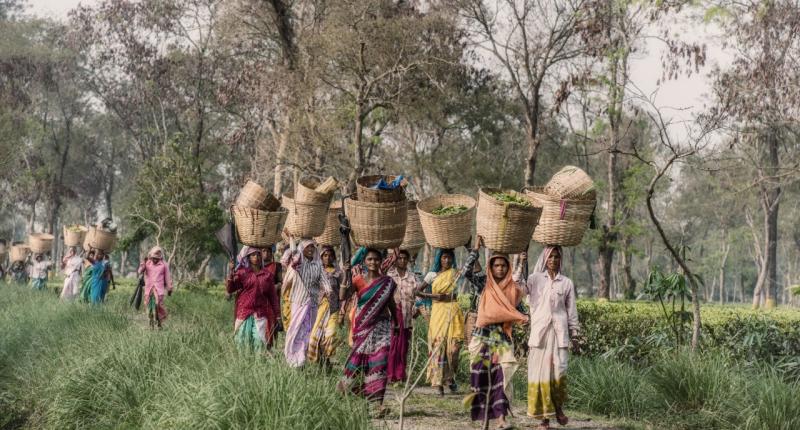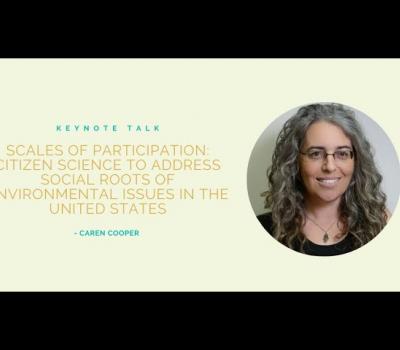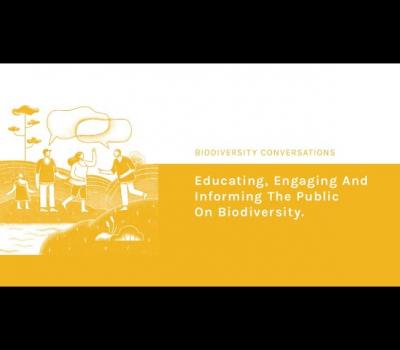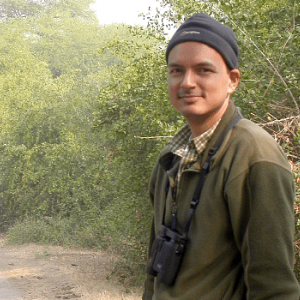Outreach & Capacity Building
This programme works to develop educational programmes in new biodiversity sciences at the undergraduate and graduate levels and will provide advanced training to scientists in biodiversity sciences. This programme also has the objective of developing and supporting citizen science approaches to mainstreaming biodiversity research and conservation efforts and enables new communication strategies. Further, the programme aspires to engage digital tools for mainstreaming biodiversity.







